March Gardening Tips and To-Dos for the Pacific Northwest
Are you seeing the first signs of your garden waking up from winter? In this post, I’ll share March gardening tips and to-dos for the Pacific Northwest to help set your spring garden up for success.
Here in the Pacific Northwest, the month of March is all about embracing the transition into spring and getting an early start on the growing season. Spring bulbs, camellias, and hellebores are blooming.
While we might still get those chilly 30-degree mornings, the longer days are calling us back outside. For me, March means my greenhouse is buzzing with activity as I start sowing cut flowers and getting ready for the growing season ahead.
Here are some tips and garden chores to help you make the most of this pivotal month in your PNW garden.
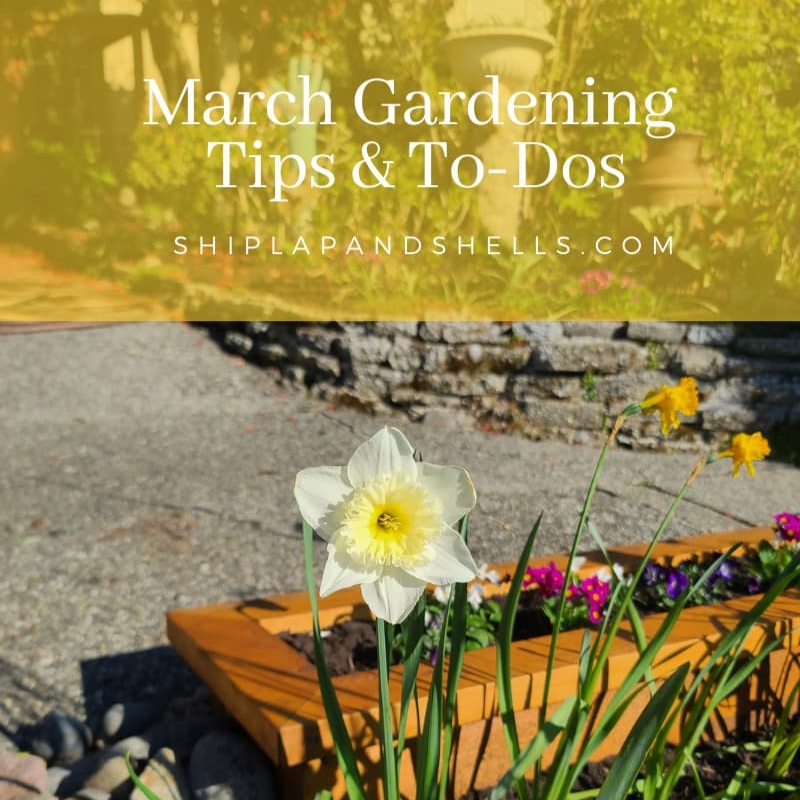
As an Amazon affiliate, I earn a commission from qualifying purchases at no additional cost to you. My blog also features other affiliate links for your convenience. Click here to read my privacy policy.
March Gardening in the Pacific Northwest (Zone 8b)
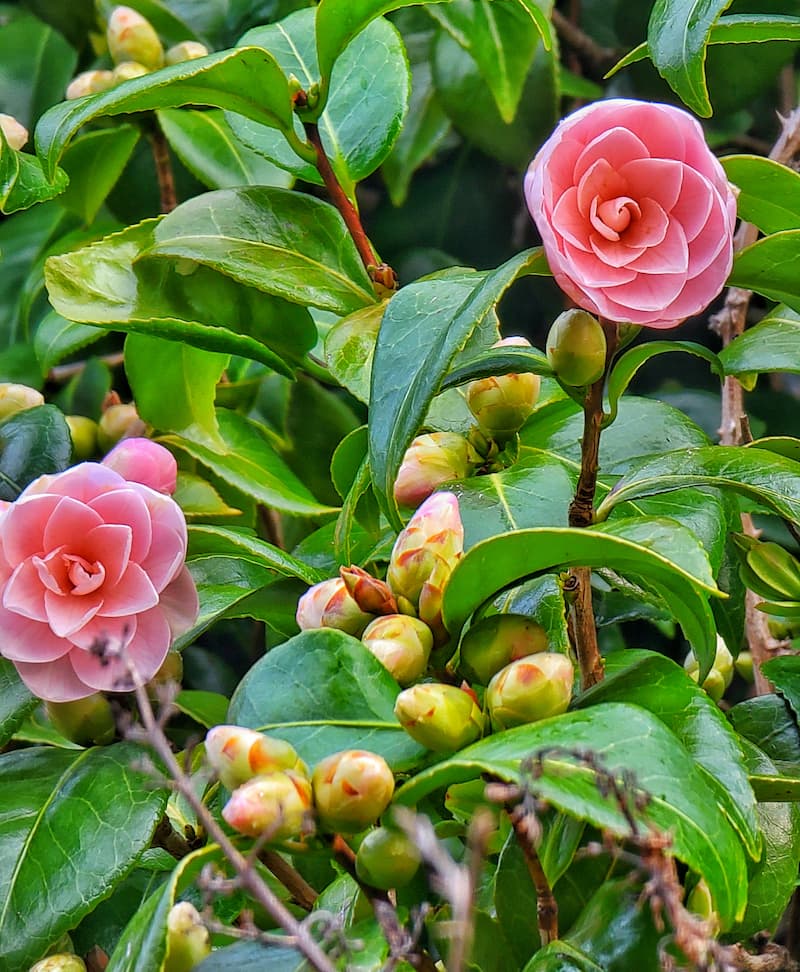
March is when our gardens start waking up from winter. In Zone 8b, winters are generally mild, and any snowfall we do get has come and gone. Spring comes slowly, with cool, damp days still lingering, but signs of new growth are everywhere.
This is the perfect time to give your garden a little TLC—refresh garden beds, start hardy seeds indoors, and watch for the first bulbs and blooms making their seasonal debut.
What Grows in March in the Pacific Northwest?
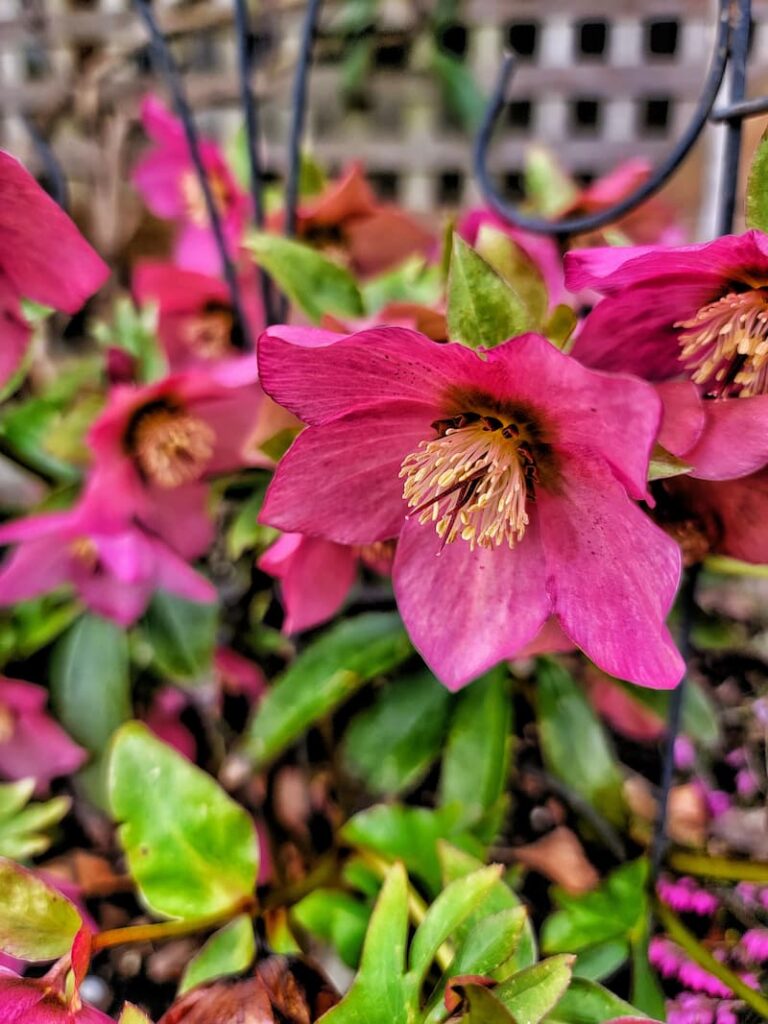
Early-blooming flowers bring much-needed color after winter, with daffodils, crocuses, hellebores, and camellias putting on a show.
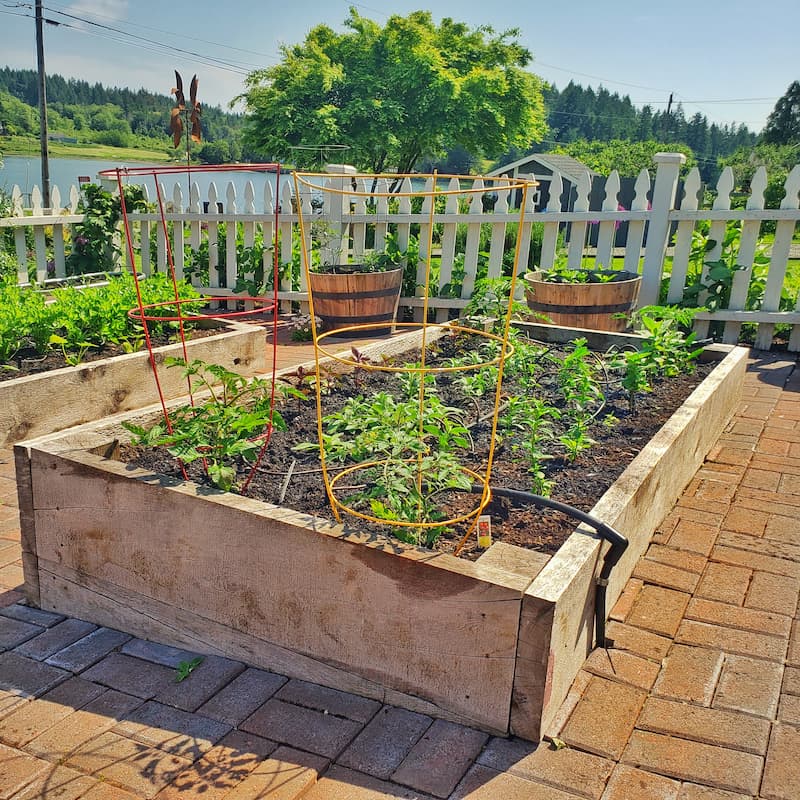
Garden Supplies and Tools
Check out my favorite garden supplies and tools for the growing season. Whether you’re looking for potting soil or deer repellent, you’ll find what I use in my own garden.
March Planting Tips
March is a time of transition in the Pacific Northwest garden, with longer days and slowly warming garden soil signaling the start of the growing season.
Whether you’re sowing seeds indoors or planting directly in the garden, a little preparation now will set you up for success in the months ahead.
Vegetables to Plant in the Ground
Many cool-weather crops thrive when planted early in the season. As soon as soil temperatures reach a consistent 40°F or higher, you can start planting hardy vegetables like broccoli, peas, Brussels sprouts, cabbage, cauliflower, kale, lettuce, onions, and shallots directly in the garden.
A soil thermometer is a great tool for determining when it’s time to plant, especially in unpredictable spring weather.
SHOP for soil thermometers.
Planting Asparagus
If you’re adding asparagus to your garden, early spring is the perfect time to plant crowns as soon as the soil is workable. While patience is key, crowns take about a year to produce a harvest, and it’s worth the wait.
If starting from seed, expect 2–3 years before your first complete harvest, but once established, asparagus will reward you with fresh spears for many years to come.
Sow Vegetable Seeds Indoors

March is also the time to start warm-season crops indoors. Tomatoes, peppers, eggplant, basil, cucumbers, and melons all need an early start in a warm, controlled environment before moving outside when temperatures rise.
Depending on your timing and space, you can start seeds indoors or sow them directly in the garden for cool season crops like cabbage and broccoli.
Other Crops to Plant Now
Now is a great time to sow seeds for peas and artichokes directly in the ground. You can also plant strawberries and blueberries to establish productive fruit patches that yield delicious harvests in the years ahead.
March Flower Gardening Tips

As the garden begins to wake up, March is the perfect time to start planning for a colorful spring and summer. Whether you’re planting bulbs, starting seeds indoors, or adding early-season annuals, a little effort now will bring vibrant blooms to your garden in the months ahead.
Here’s how to get a head start on your flower garden this season!
Start Planting Spring-Planted Bulbs
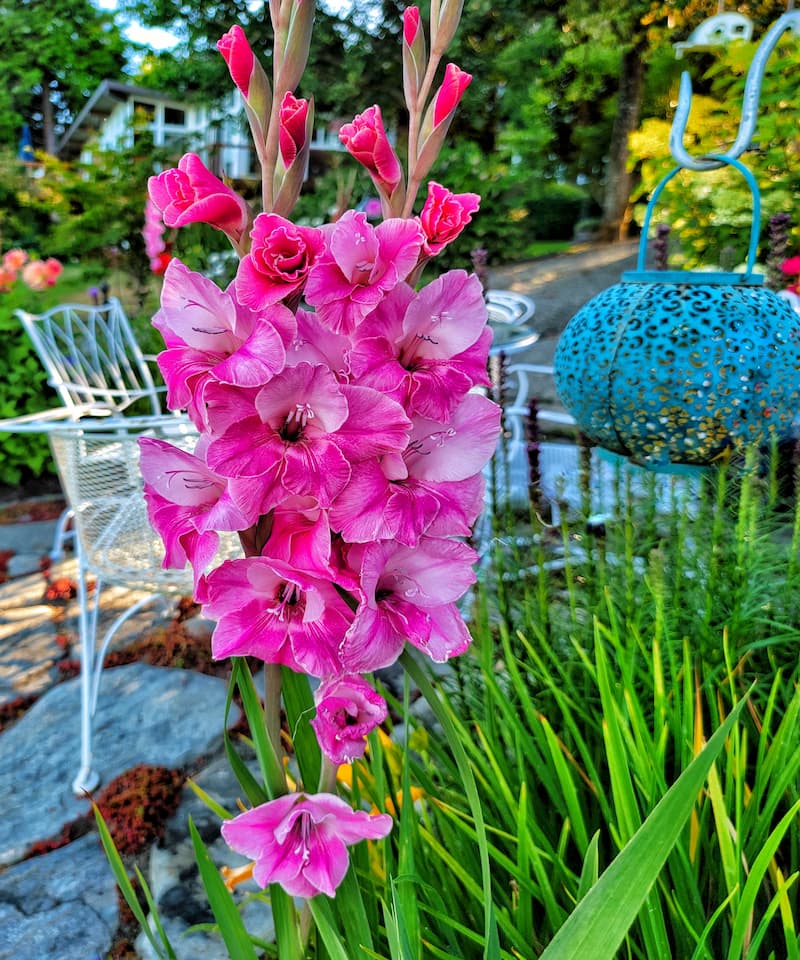
Get a head start on summer blooms by planting spring-planted bulbs like gladiolus, begonias, ranunculus, and calla lilies.
As the soil begins to warm, you can plant these bulbs in well-draining soil, ideally in a sunny or partially shaded spot. Toward the end of the month, when the risk of frost decreases, you’ll have even better conditions for planting.
With a little patience, these bulbs will reward you with stunning flowers that brighten your garden throughout the summer months.
Sow Flower Seeds Indoors

March is the ideal time to start zinnias, cosmos, and other summer flowers indoors in the Puget Sound region. Check your last frost date to time your plantings—seed packets offer helpful guidelines.
For continuous blooms, try succession planting with varieties like stock and lupine, sowing seeds every few weeks for a longer flowering season. A little planning now will ensure a vibrant, long-lasting summer garden! For more tips, check out my blog post, Seed Starting Basics 101.
Seed Starting Supplies
Check out my favorite supplies and tools for starting seeds indoors. Whether you’re looking for grow lights or a seed starting mix, you’ll find what I use in my own greenhouse.
Plant Annual Flowers to Bring Color to the Garden
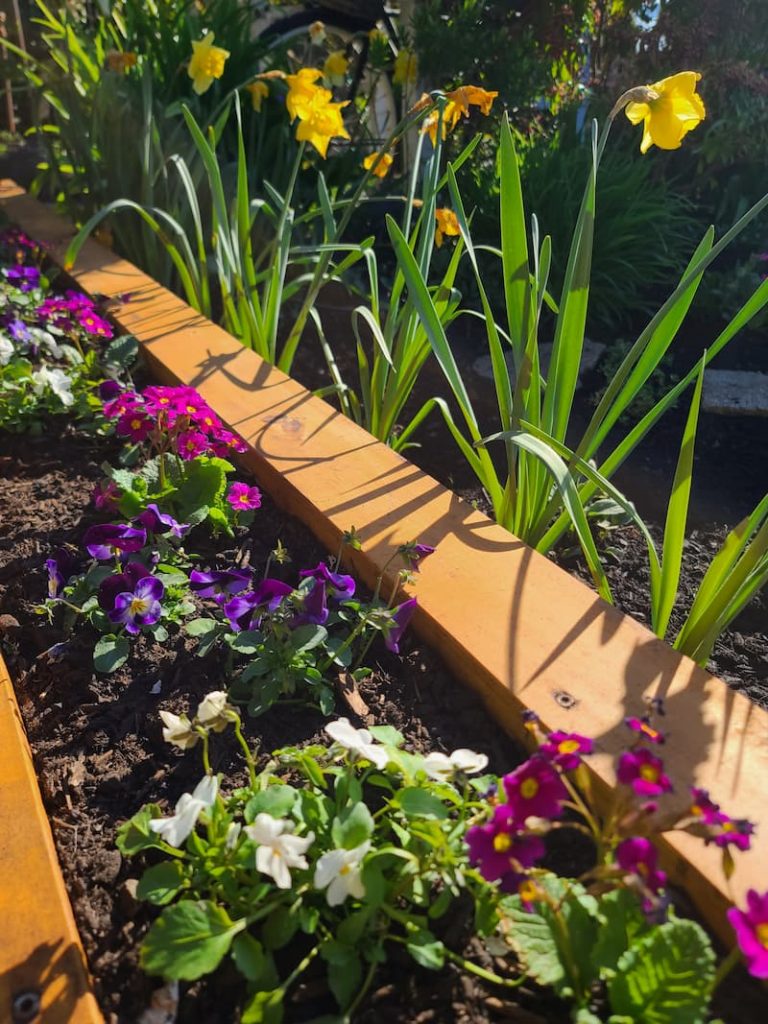
For an early splash of color, plant hardy annuals that thrive in the cool, damp weather of March, like primroses, violas, pansies, and cornflowers. These frost-resistant flowers are perfect for planting beds and containers, adding cheerful blooms while the rest of the garden wakes up.
Garden centers and your local nursery are usually well-stocked with these seasonal favorites this time of year.
March Garden Maintenance Tips

As the garden comes back to life, March is the perfect time to tidy up and prepare for the growing season ahead.
Clearing old growth and finishing pruning tasks will encourage healthy new shoots and blooms. A little maintenance now will set the stage for a vibrant and thriving garden in the coming months.
Cut Back Old Perennial Growth
Cut back any old, dead growth from last season to give your perennial plants a fresh start. This encourages new, healthy growth while improving air circulation and light penetration, helping your plants thrive as they emerge for spring.
Finish Pruning Projects
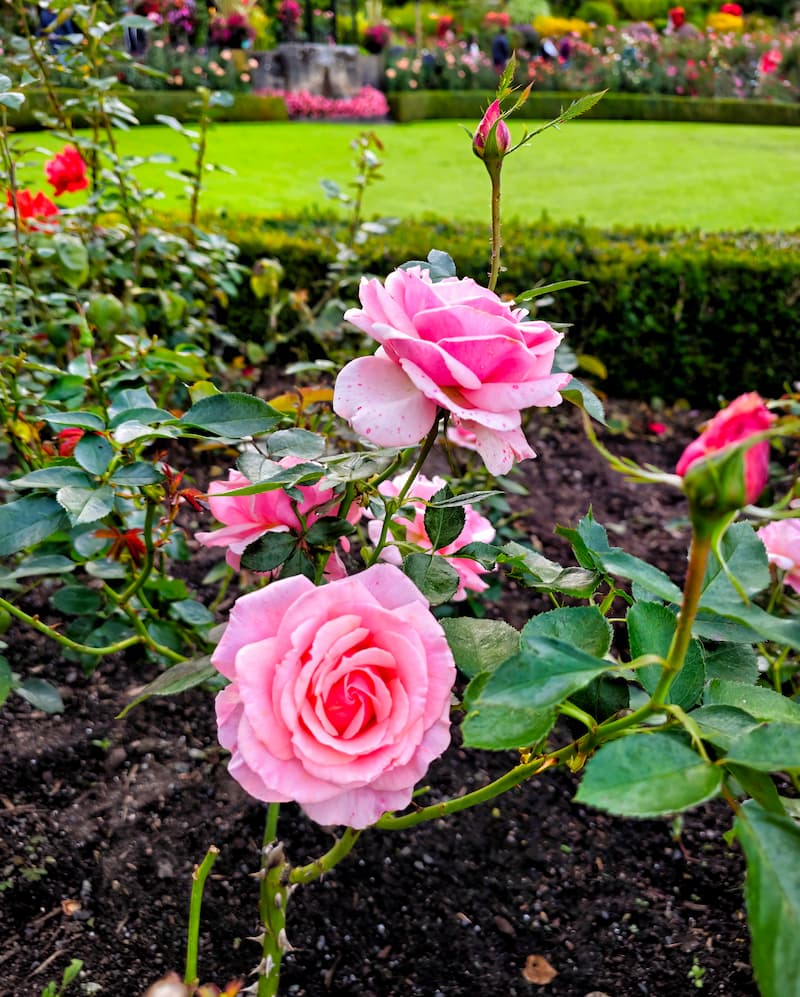
March is your last chance to prune fruit trees and roses before new growth takes off. Proper pruning keeps plants healthy, encourages better blooms and fruit production, and improves air circulation.
Fruit Trees and Grapevines |
If you haven’t finished pruning fruit trees and grapevines, do so as soon as possible to shape growth and encourage a productive season.
Roses
Early in the month, remove old, weak canes and cut bush roses back to 12–18 inches and shrub roses to around 3 feet for healthy regrowth.
Clematis
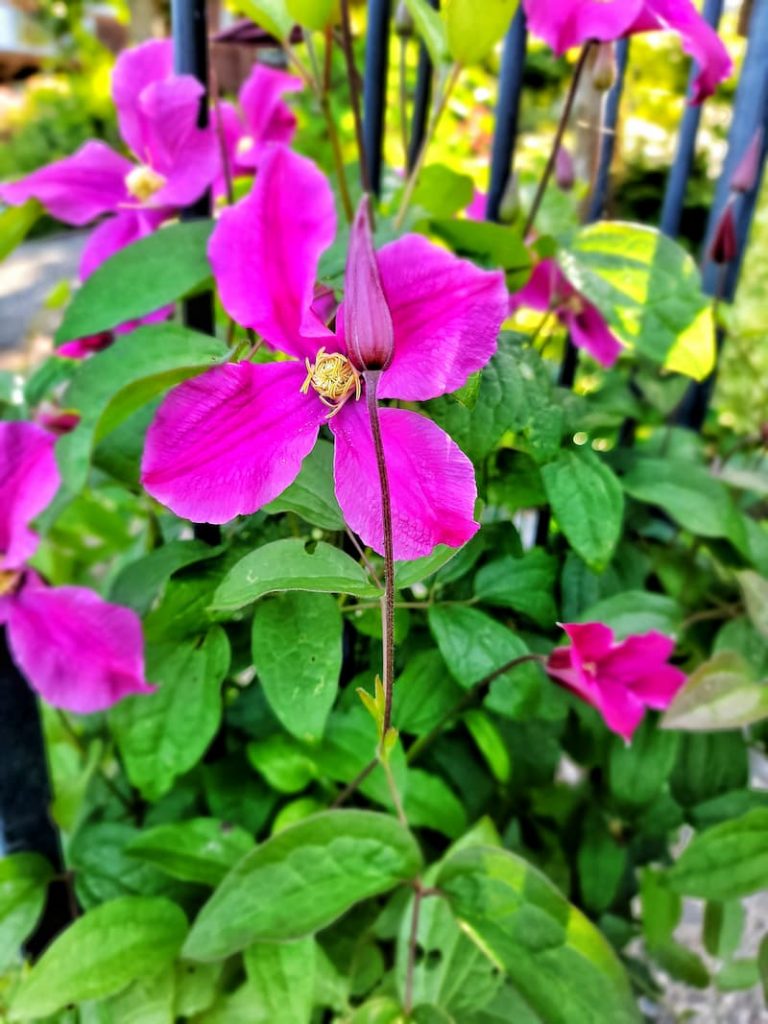
For Italian and scarlet clematis, prune back to 8–12 inches, leaving a pair or two of flower buds. Since these bloom on new wood, they’ll flower beautifully at eye level later in summer.
Evergreen Shrubs
Prune evergreen shrubs now to shape them before new growth begins. Remove any dead, damaged, or crowded branches to keep them looking tidy and encourage healthy development.
Ornamental Grasses
Cut back ornamental grasses in late winter or early spring when new shoots start to appear. Pruning improves air circulation, reduces excess moisture, and lowers the risk of mold and mildew.
*Wait to prune spring-blooming shrubs until after the blossoms fade.
Clean Up Your Garden
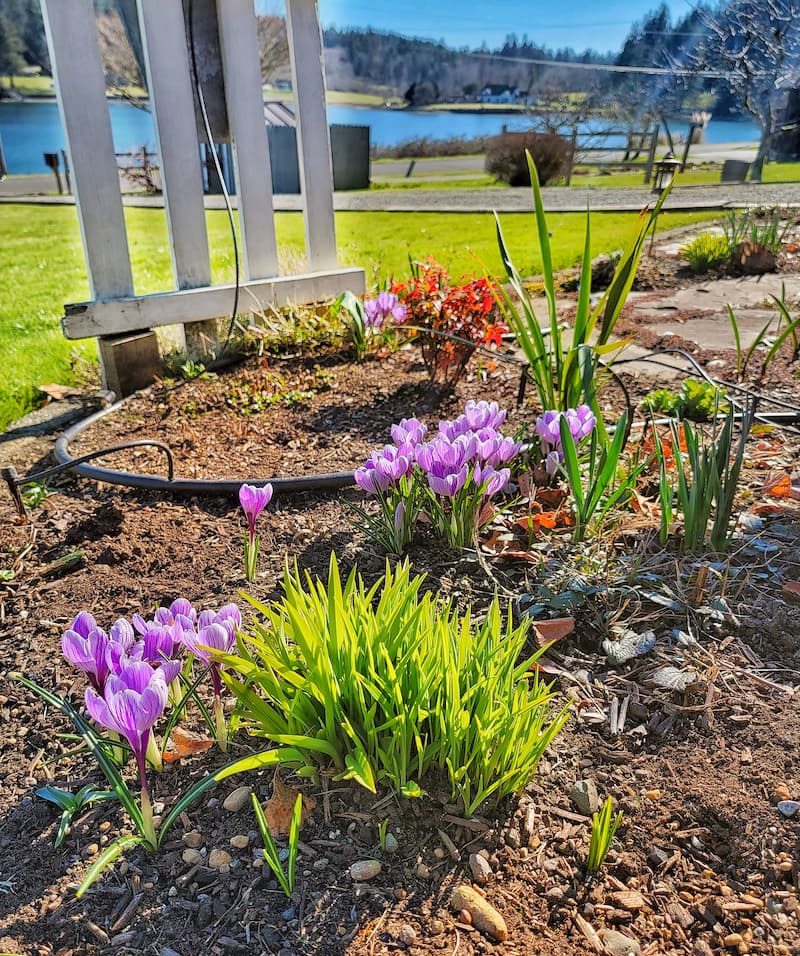
A good garden cleanup is the first step in preparing for a healthy growing season. Start by removing dead or decaying plants and raking away dead leaves and debris built up over winter. This clears space for new growth and helps prevent pests and diseases.
As plants begin emerging, gradually pull back winter mulch to help them acclimate. Removing it over several days protects young shoots from sudden temperature changes, giving them a strong start for spring. A little tidying up now will set the stage for a vibrant and thriving garden.
March Fertilizing Tasks in the Garden
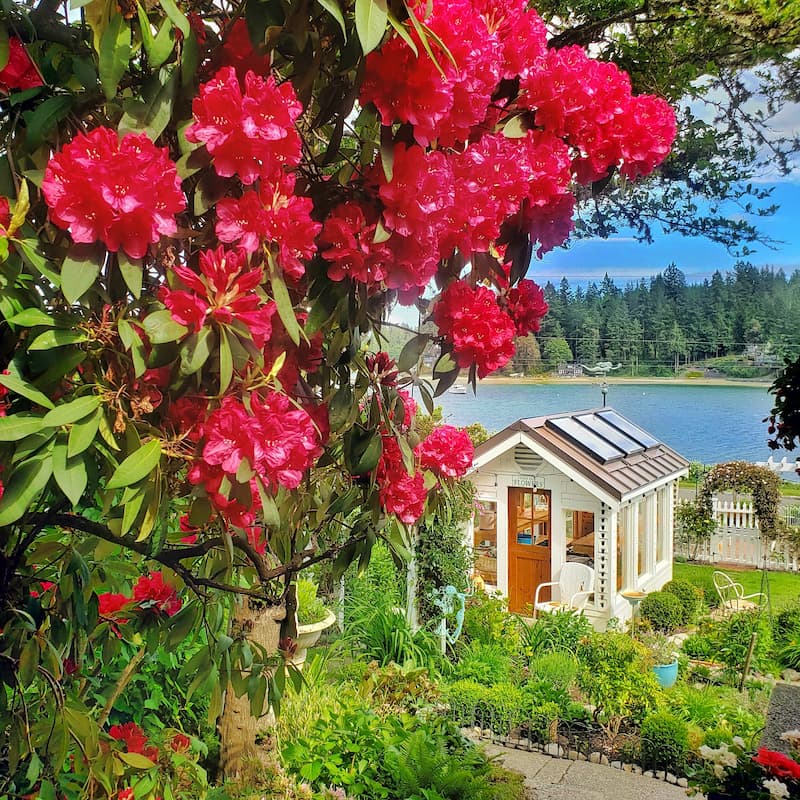
As plants begin waking up for spring, they’ll need a nutrient boost. Fertilizing helps support healthy growth, vibrant blooms, and strong root development for the season ahead.
Divide Summer and Fall Blooming Perennials
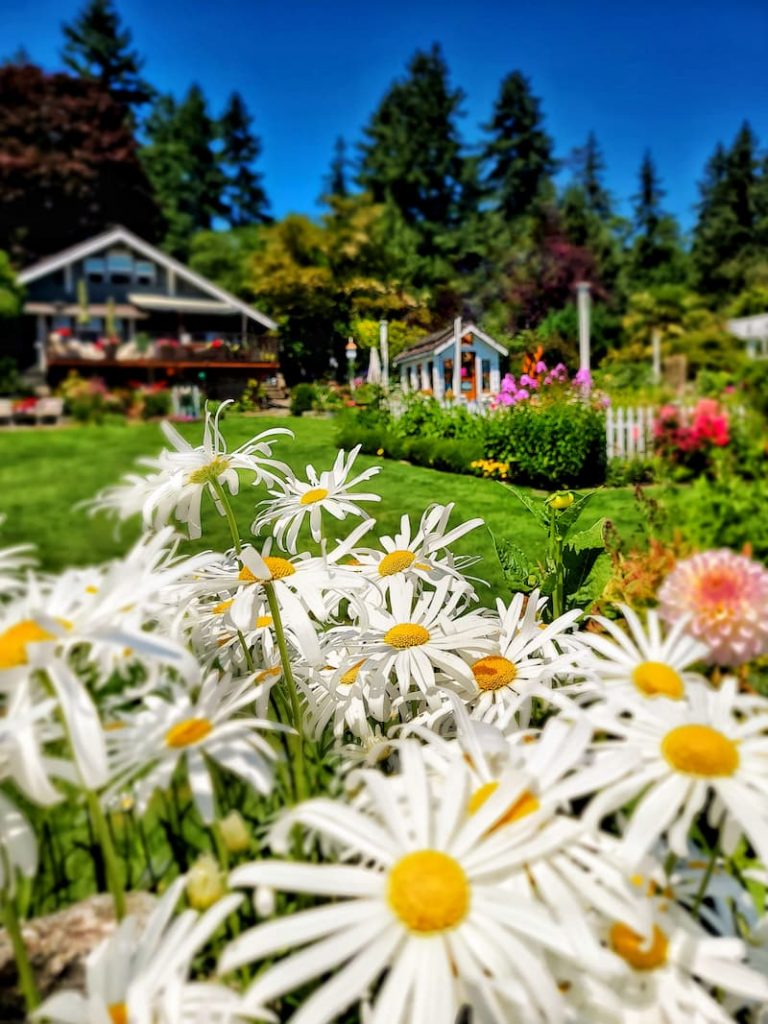
Early spring is the perfect time to divide and transplant overcrowded perennials that bloom after mid-June. Dividing now gives plants an entire growing season to establish strong roots before winter, leading to healthier growth and more abundant blooms next year.
As a general rule, divide spring-blooming perennials in fall and summer-to-fall bloomers in early spring.
Summer and fall blooming perennials include:
This timing helps minimize transplant shock and ensures your plants thrive in their new garden space.
March Garden Pest and Weed Control
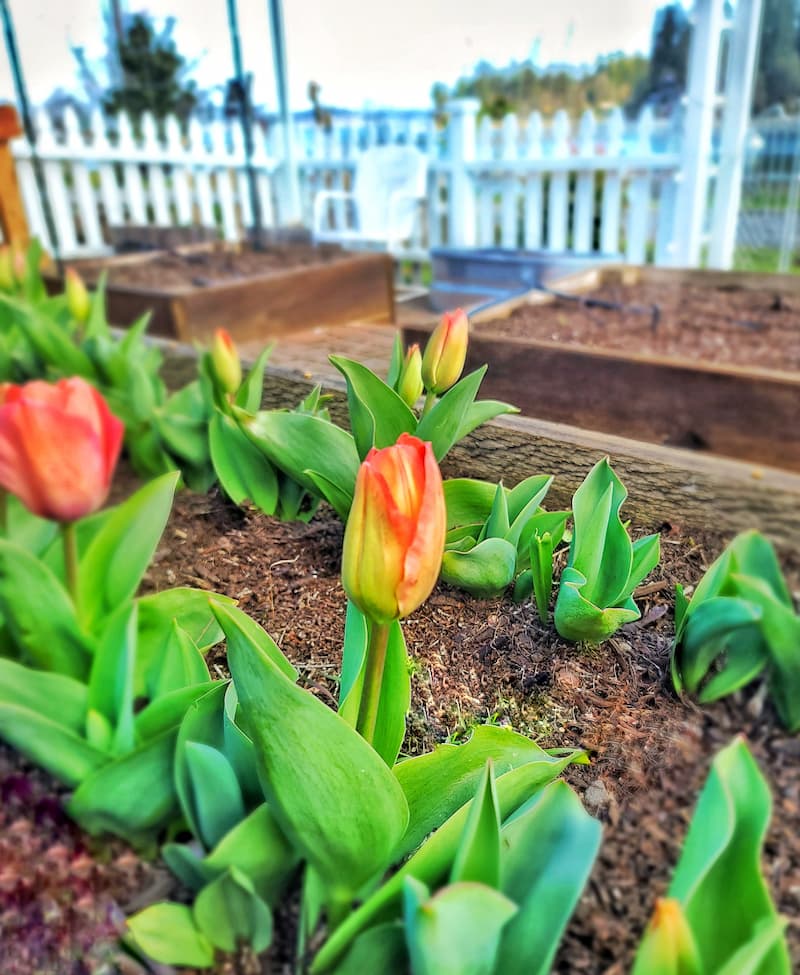
Early-season pest and weed management can keep your garden healthy and thriving throughout the year.
Tackling these tasks now will prevent more significant issues down the road and make maintenance easier as the season progresses.
Stay on Top of the Weeds
With a little sunshine, annual weeds will start sprouting fast in March. Remove them early before they have a chance to flower and go to seed.
Adding a fresh layer of mulch to garden beds helps suppress new weed growth while improving soil moisture retention.
Slug Maintenance
Spring rain brings out slugs and snails, so it’s time to take action. Keep your garden clear of damp hiding spots like fallen leaves and use slug bait around vulnerable plants to minimize damage.
Apply Deer Repellent
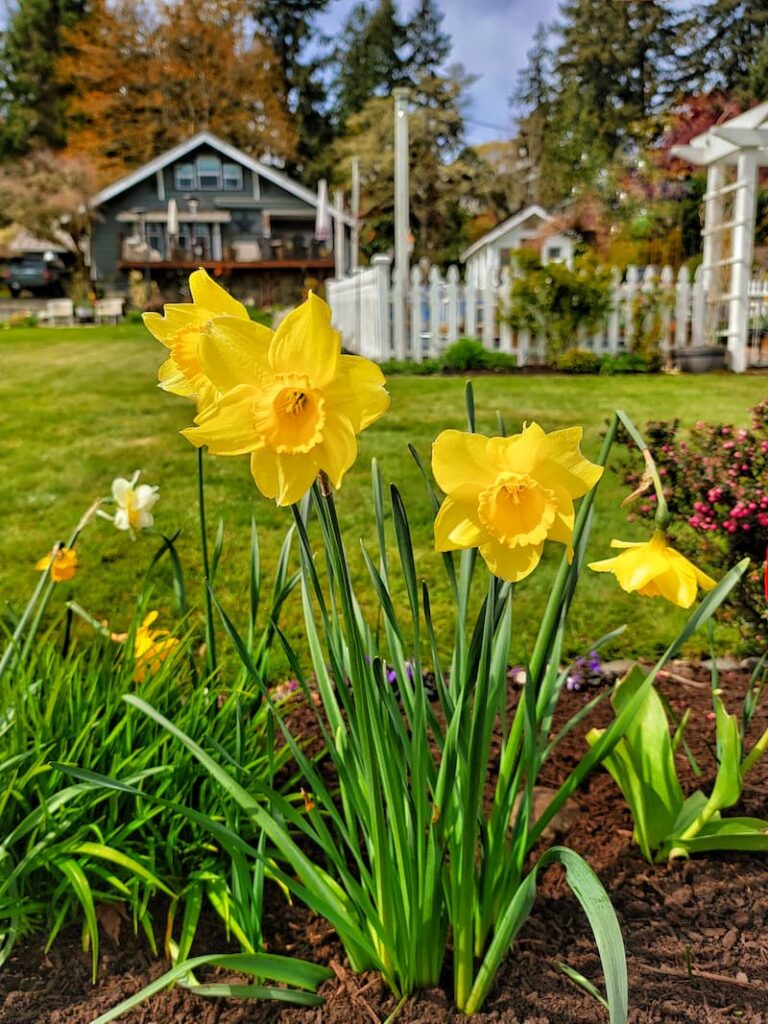
Deer love tulips, so as soon as foliage begins to emerge, spray a deer repellent on a dry, wind-free day. This will help protect your spring blooms from becoming an early-season snack.
Take Preventive Measures Against Insect Pests
Early spring is the best time to prevent insect pests from becoming a problem. Start by cleaning up garden beds and removing debris where pests like to hide. Regularly inspect plants for early signs of infestation and remove any affected foliage.
Encourage beneficial insects like ladybugs, lacewings, and hoverflies, which naturally keep pest populations in check. Companion planting with herbs and flowers such as garlic, mint, and marigolds can also help repel pests. For persistent issues, insecticidal soaps or horticultural oils are effective organic solutions.
Maintain Your Garden Tools
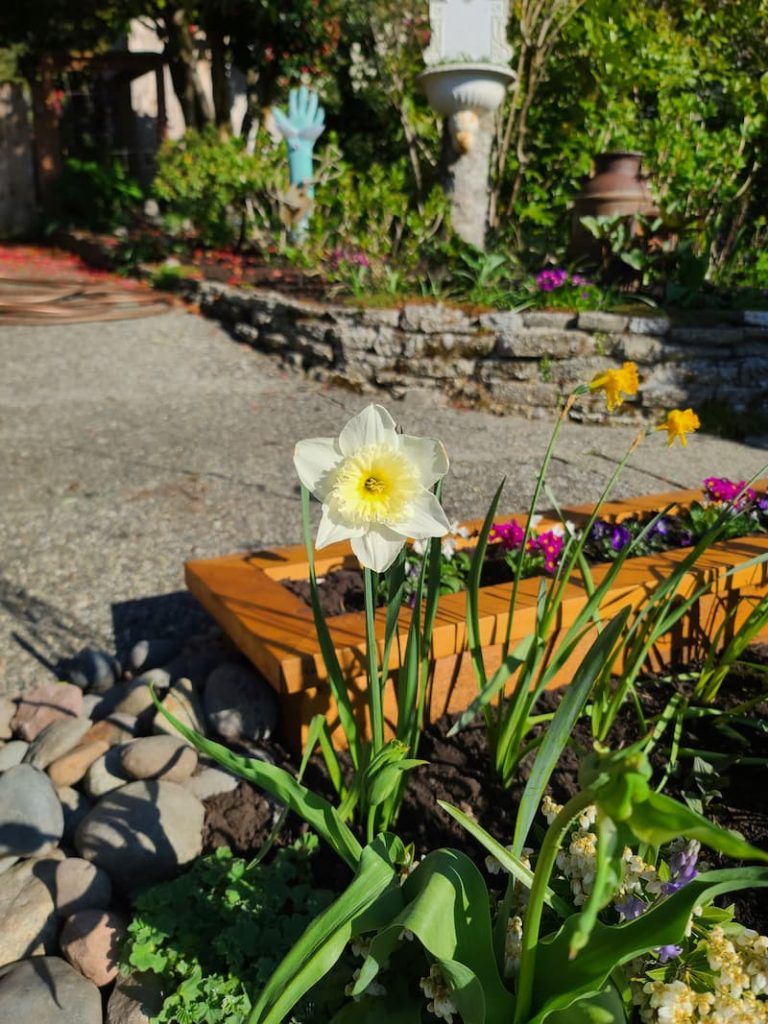
A well-maintained set of garden tools makes gardening easier and more enjoyable. March is the perfect time to inspect, clean, and repair your tools before the busy growing season begins.
Sharpen and Clean Your Tools
Sharp tools make clean cuts, which help prevent plant damage and disease. Take time to sharpen pruners, shears, hoes, and shovels. Wipe tools down with a cloth and use a bit of oil on metal parts to prevent rust.
Check Your Equipment
Look over larger tools like wheelbarrows, hoses, and irrigation system. Inflate wheelbarrow tires, check for cracks in hoses, and ensure sprinklers are in good working order. If anything needs repairs or replacements, now is the time to take care of it.
Sanitize Tools to Prevent Disease
If your tools were used on diseased plants last season, sanitize them before using them again. A simple solution of one part bleach to nine parts water or rubbing alcohol can help prevent the spread of plant diseases.
Other Resources for Early Spring Gardening

Add a section here with easy links out to other good resources for early spring/March gardening so people can easily access this without having to get all the way to bottom of the post. I’d also highlight the gardening journal here as well.
Gardening Made Simple – Your Guide to Beginning Gardening
Final Thoughts on Gardening in March
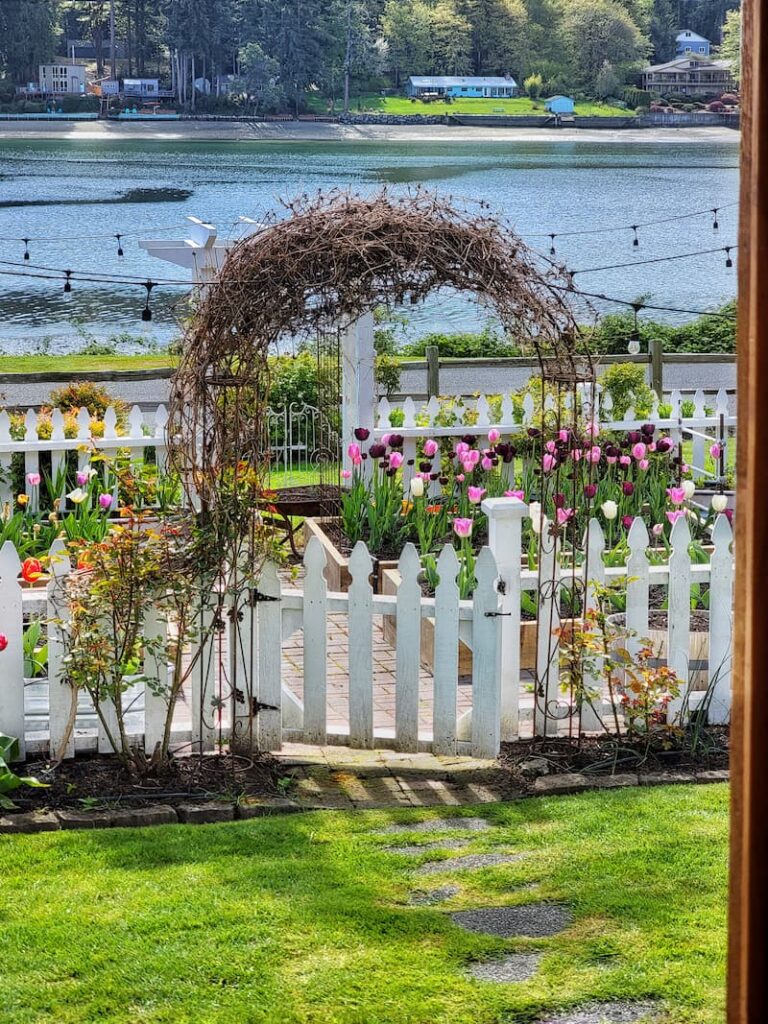
March is a busy time in the garden as the transition from winter to spring begins. With longer days and warming temperatures, it’s the perfect month to start seeds indoors, prep garden beds, prune perennials, and get a jump on early plantings.
Taking care of these tasks now sets the stage for a productive and beautiful growing season ahead. Whether you’re tending to flower beds, planning your vegetable garden, or simply enjoying the first signs of spring, these early efforts will pay off in the months to come.
If you have any questions or additional suggestions, please share them in the comments below. And be sure to share this blog post link with anyone who may find these gardening tips helpful.
Until next time,
Happy Gardening!

I’m a self-taught hobby gardener. Everything I share on my blog is my opinion and what has worked for me.
MORE POSTS
For You To Enjoy
Follow Me for More Inspiration
Shop my Amazon Storefront, LTK sources, and my favorite home decor, garden, and lifestyle products. When you purchase from one of my links, I earn a small commission, which helps me continue sharing all the content you expect on my blog.
Be sure to follow me on Pinterest, Instagram, Facebook, TikTok and LIKEtoKNOW.it. Do you like gardening? Join my Facebook Gardening Tips & Tricks group.

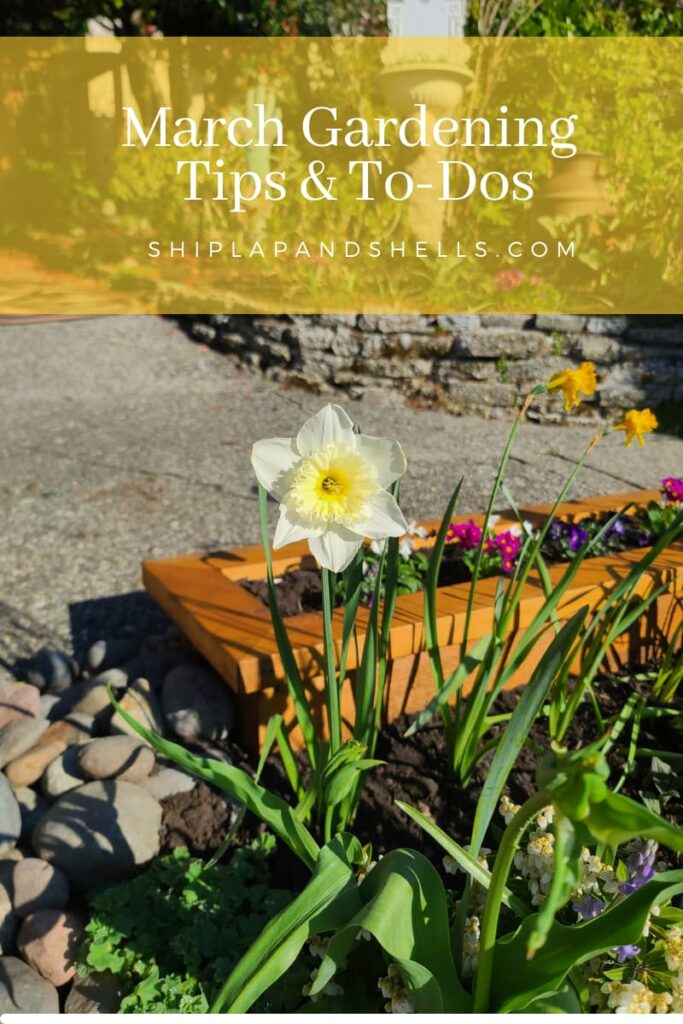


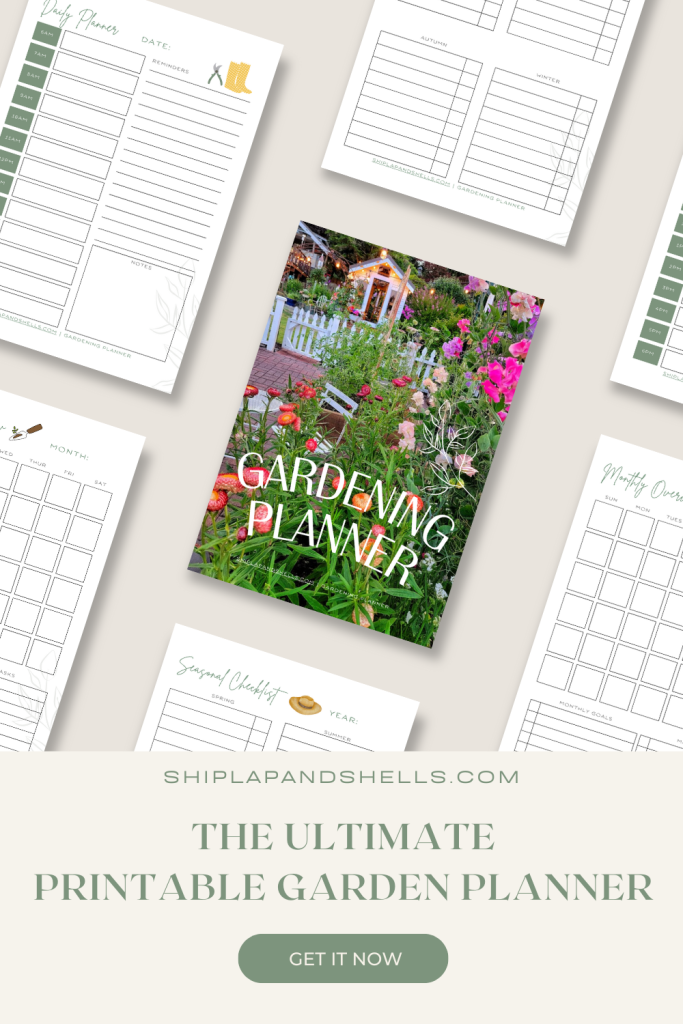

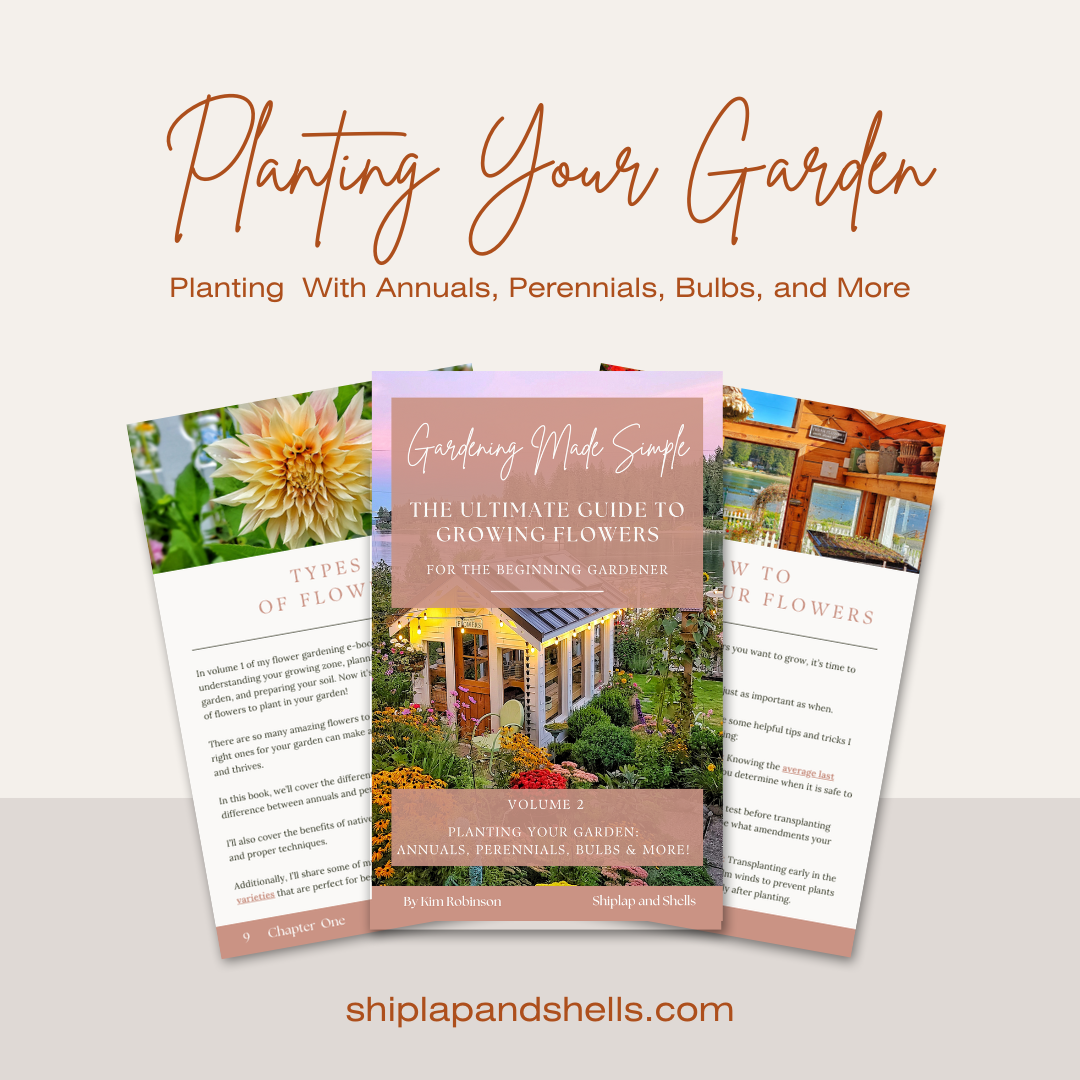
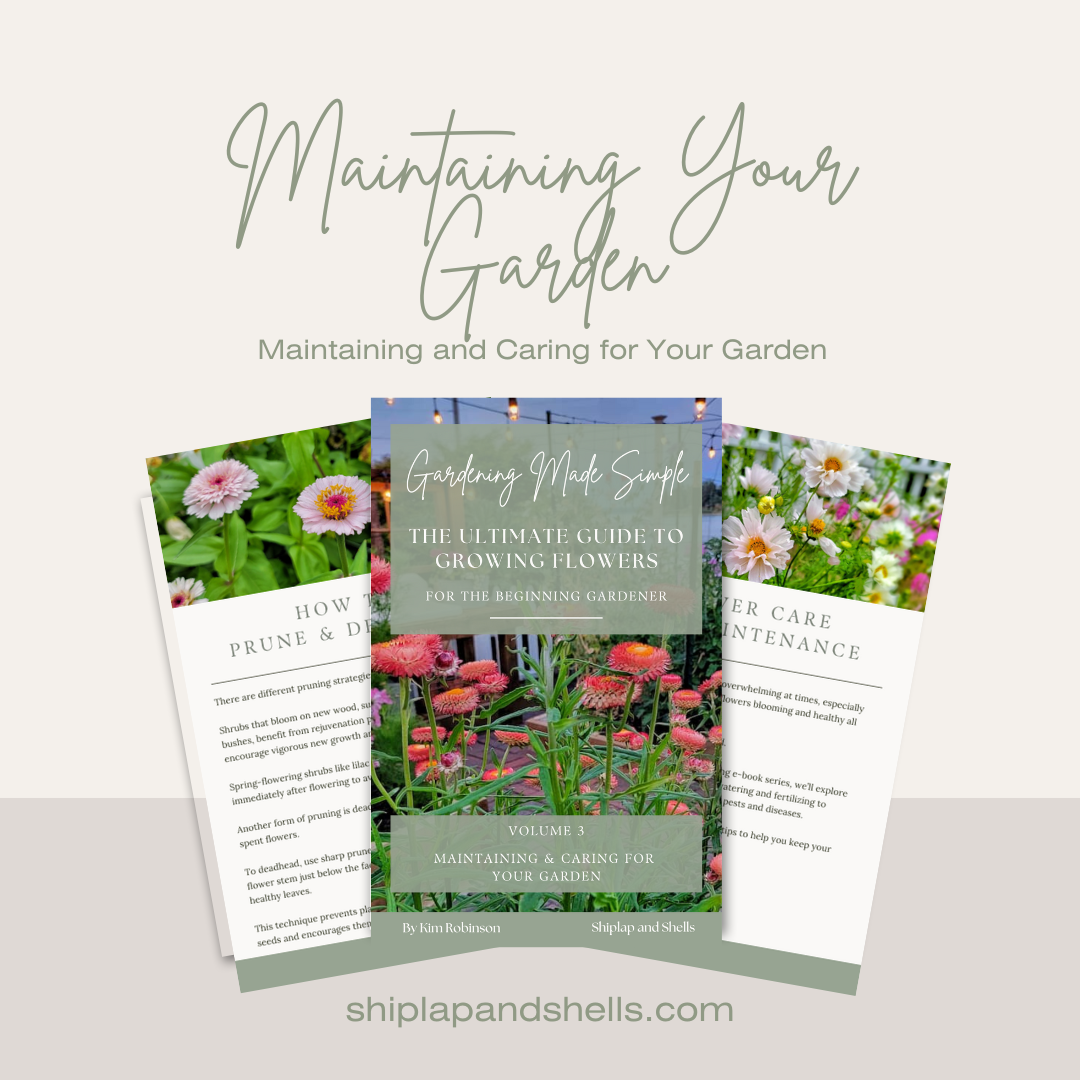
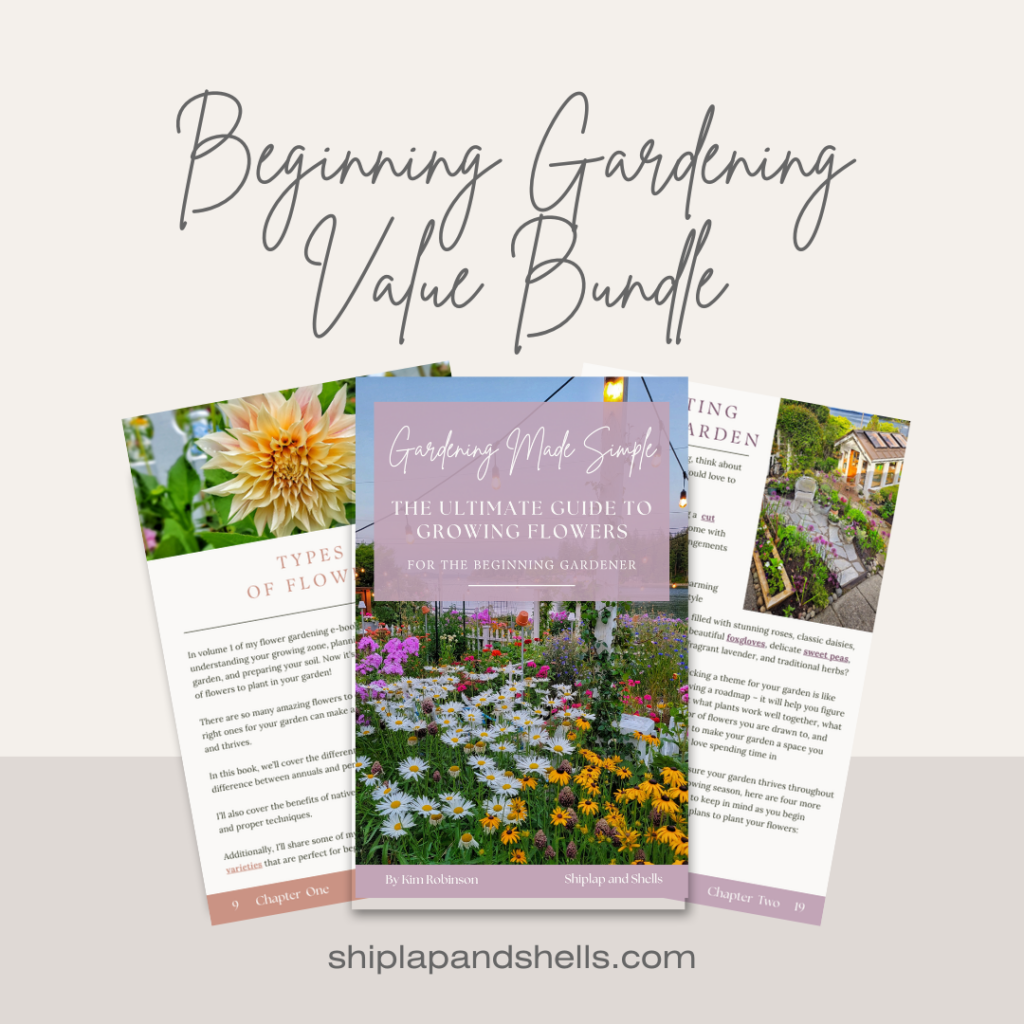
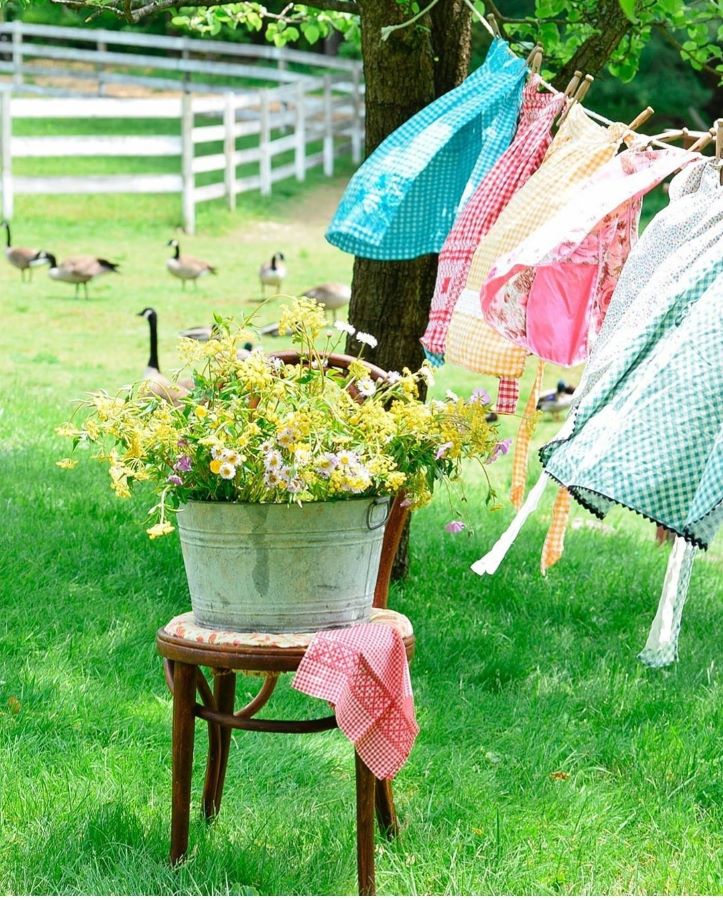
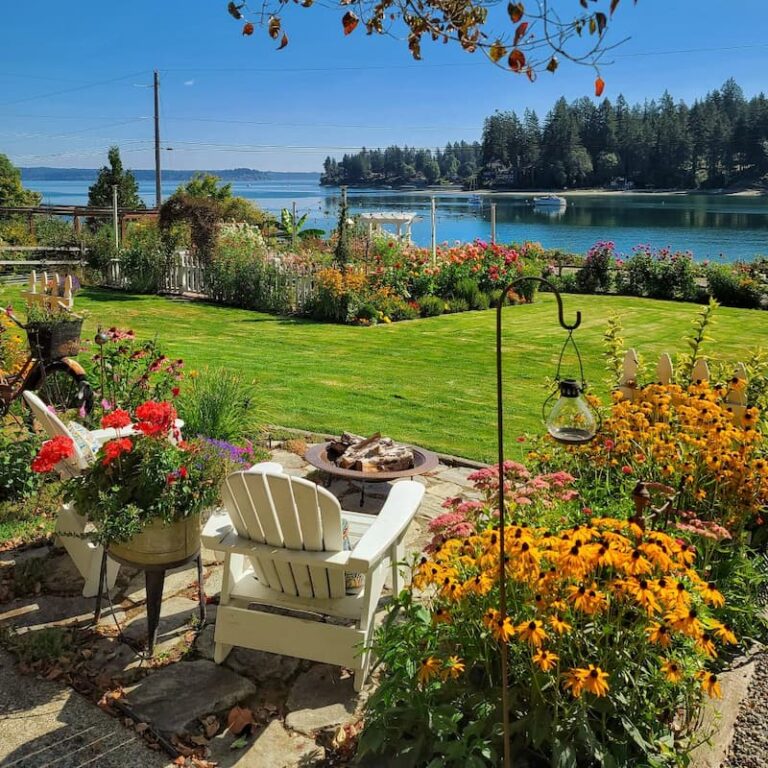



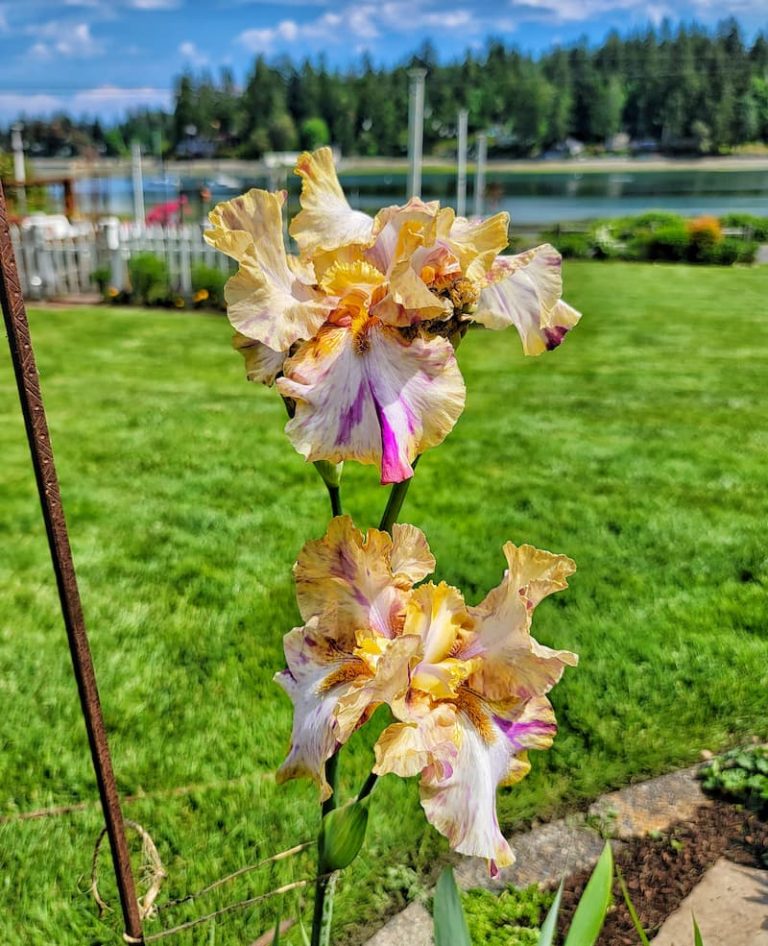
Love all of these great tips, thanks so much for sharing!
Thanks Chas! I hope they will help!
Well-written and informative with beautiful photos and great tips. Thanks for sharing your knowledge!
Thank you so much! I appreciate it.
Even though I live in Florida and our soil is super sandy and we have to battle salty air and coastal winds, I’m always thankful for your helpful tips Kim. Your garden is crazy beautiful and we are beyond lucky you share all your best advice and recommendations. I’m definitely looking forward to following along on your progress again this year. Big hugs, CoCo
Spring is so close! Can’t wait to get back outside!
I also live in the PNW; thank you for all of these gardening tips! So helpful!
I love photos of your beautiful yard and garden. I love your potting shed, too. I had asked on another one of your posts about that adorable wire fairy that you have and I think you had mentioned someone in your neighborhood is an artist and makes them. Do you have her information? I would love to see what she has to sell. Also, you had mentioned that you were in a previous issue of Country Home magazine. It is one of my favorites and I found the article. I loved it and all the photos of your little piece of Heaven on Puget Sound. Thank you for sharing your beauty with us.
10 degrees here but I love your pics and posts I live in New Hampshire
so’ much great information!
Kim,
I love this post. You are teaching me so much.
Thanks for the planting tips! We are sprucing up our yard for our daughter’s wedding in May. There’s so much to do! BTW, your greenhouse is amazing!!! I best your plants love it!
I’m so glad they were useful, and congratulations to your daughter! I’m sure it will be the most beautiful wedding.